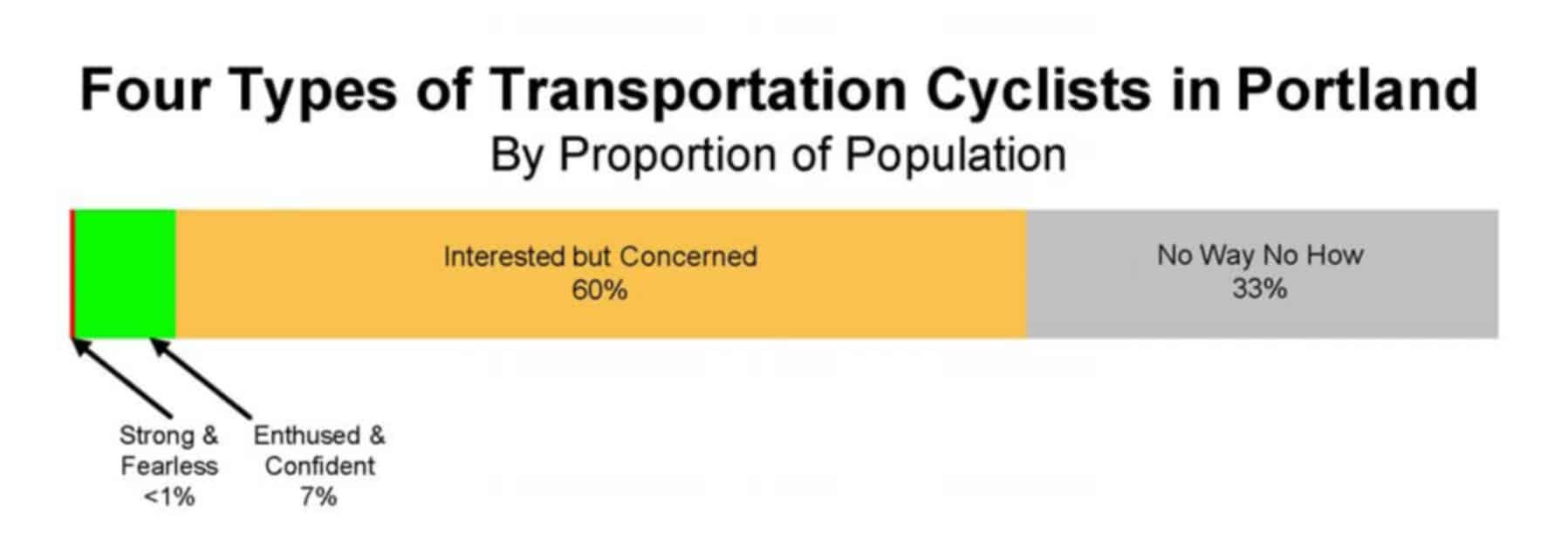LIBRARIES AND INFORMATION CENTERS
Alliance for Biking & Walking Resource Library. A national collection of resources for planning and winning campaigns related to complete streets, legislation and policies, and local infrastructure.
Pedestrian and Bicycle Information Center. A national clearinghouse for information about health, safety, engineering, advocacy, education, enforcement, access, and mobility for people walking, biking, and using transit. The center also hosts an extensive, free online library of photographs.
Open Streets Project A collaboration between the Alliance for Biking & Walking and The Street Plans Collaborative, the project shares information about open streets as a way to increase the number, size and frequency of initiatives occurring across North America. California has hosted more open streets events than any other state.
People for Bikes Studies Library. A national collection of studies about all aspects of bicycling.
MODELS AND BEST PRACTICES
California Model Bicycle Parking Ordinance. Designed to be adapted by local governments throughout California, this guide from ChangeLab Solutions is best practice for accommodating bicycle parking needs in regulations about zoning, construction, and design.
This model bicycle plan provides a template for any community to produce a transformative plan.
KEY STUDIES AND REPORTS

Protected bikeways will attract the majority of people who don’t cycle today, the “interested but concerned” population. Source: Portland, OR DOT
Classifying potential cyclists into four categories, this surveyof Portland residents found that a majority of people want to ride a bicycle for transportation but won’t because they don’t feel safe sharing the road with other traffic. This survey has been repeated with similar results across the country, and informs leaders to meet the needs of the majority and provide protected bikeways.
Bicycling injuries and the cycling environment, University of British Columbia (2012) This study of Vancouver and Toronto looks at cyclist route choice and which kinds of streets and facilities are most likely to cause injury. Bike lanes on a street with no parked cars cut injury rates in half, but even safer are cycle tracks, a new (to the U.S.) cycling facility that’s part of the roadway but physically separated from car traffic.
Just getting more people to ride is key to safety for everyone, according to the “safety in numbers” phenomenon identified in this research by Peter L. Jacobsen (2003). The roads become safer for people on two wheels and on foot when more people bike or walk.
Bicycling is increasing among people of color faster than among whites, according to this study by the League of American Bicyclists. Bicycling can have a powerful impact in making our transportation system more equitable (or, can have a powerful impact equalizing transportation), but traditional patterns will have to change. Effective bicycle advocacy is inclusive.
California needs $8 billion to complete bikeway networks to connect most Californians with each other on quiet streets, bike paths, and protected bike lanes. This estimate came from analysis we did in our 2013 long-term budget proposal that suggested a number of ways the state and local governments can find those resources. Over a decade, $8 billion for bikes is a smart priority for the approximately $300 billion California governments will spend on transportation.
GREAT PRESENTATIONS
Professor John Pucher argues that cycling and walking are the most environmentally, socially, and economically sustainable of all transport modes in this one and a half hour presentation at Harvard University.
The California Bicycle Coalition makes many presentations to community organizations and government agencies promoting bicycling. Here are 11 presentations we made to agency officials in the Bay Area in April 2015.


